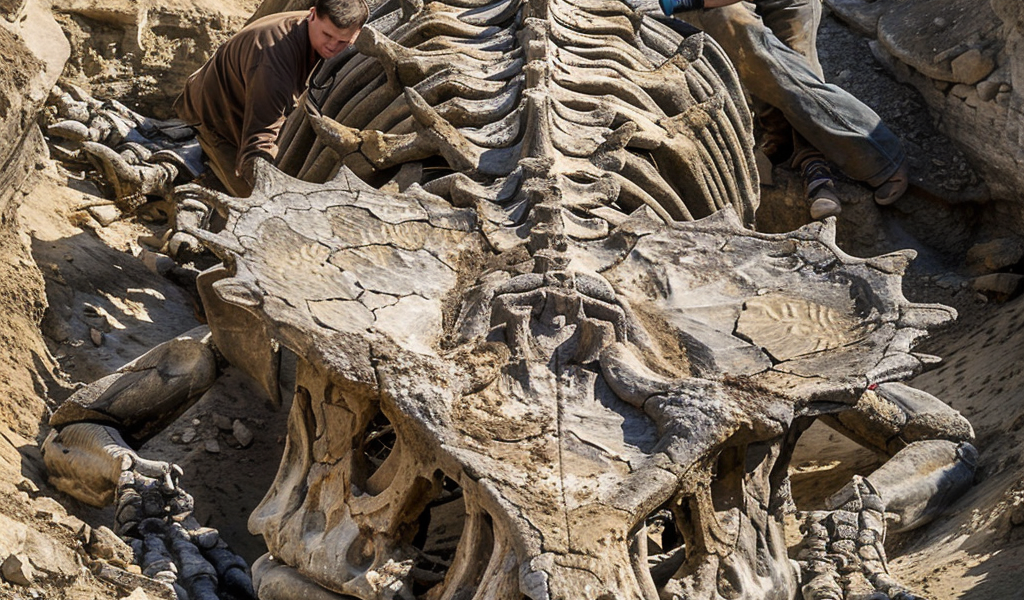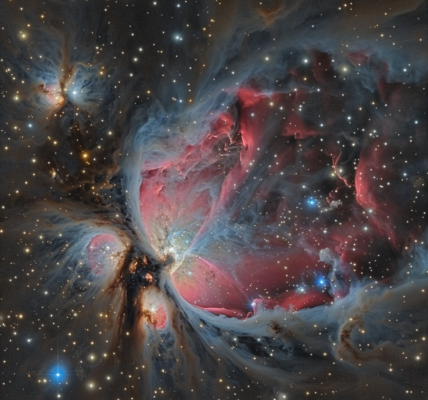In a fascinating turn of events, a 45-year-old man stumbled upon a remarkable discovery during a leisurely birthday walk on his property in May of 2022. Nestled within the Morrison Formation, a region rich in Jurassic period sedimentary rock, the man unearthed a 70 percent-complete stegosaurus, now affectionately known as ‘Apex’.
Following over a year of meticulous excavation and preparation, the fossilized remains of this ancient creature are set to be auctioned at Sotheby’s, with an estimated price tag of $4 to $6 million. While this auction presents a lucrative opportunity, it has sparked concerns among paleontologists.
There is apprehension that ‘Apex’ may end up in a private collection, depriving scientists of the chance to study this invaluable specimen and denying the public the opportunity to marvel at its historical significance.
The stegosaurus, believed to have stood at 11 feet tall and measured an impressive 27 feet in length, met its demise in what is now Colorado during the Late Jurassic period. Jason Cooper, the fortunate landowner who made the serendipitous discovery, has already unearthed ten dinosaurs on his property, despite owning just 100 acres of land within the Morrison Formation.
During his 45th birthday stroll, Cooper stumbled upon a fragment of Apex’s femur bone protruding from a rock formation. With the assistance of friends, he embarked on the painstaking task of excavating, cleaning, and reconstructing the dinosaur on-site, ultimately piecing together a fossil that is approximately 70 percent complete.
While the discovery of ‘Apex’ is a momentous occasion, it is worth noting that paleontologists have yet to unearth a fully intact dinosaur skeleton. Notable specimens like ‘Sue,’ the T. Rex housed at the Chicago Field Museum, and ‘Stan,’ a previous record holder, have come close but remain incomplete by varying degrees.
The sale of dinosaur fossils at prestigious auction houses, such as the $31.8 million transaction involving ‘Stan’ at Christie’s in 2020, has raised valid concerns within the scientific community. The fear of these invaluable artifacts being acquired by private collectors instead of being accessible for research and public appreciation looms large.





